On the centenary of the plant named after Degtyaryov: from machine gun Madsen to Korda. Part of 1
History the legendary enterprise began in the years of the First World War, when the army of the Russian Empire felt the acute shortage of small automatic weapons. In 1916, a joint-stock company of gun and machine gun factories was formed in Petrograd, the purpose of which was to implement the proposal of the Danish company Dansk Rekilriffel Syndikat to build a new machine gun factory in Russia. Already on August 12, 1917, the representatives of the GAU were handed over the first machine guns of the Danish officer Madsen's system. A century has passed since then, and today the Kovrov plant produces not only machine guns (hand and machine guns), but also various other products: machine guns, machine guns, sniper rifles, grenade launchers, aviation guns, anti-tank and anti-aircraft missile weapons, traumatic weapons, as well as civilian products: motorcycles and scooters, equipment for the food industry and tillage equipment (motor blocks, cultivators, etc.).
The range of products manufactured by the plant is very extensive and the story of all the samples of Kovrov products would be worthy of a whole encyclopedia. We will consider only the evolution of machine-gun armament from the first Danish machine gun Madsen, thanks to which ZiD appeared in Kovrov, to the most modern types of small arms - the single Pecheneg 7,62-mm machine gun and the KND heavy-caliber 12,7 machine gun.
Manual machine gun (shotgun) Madsen
The Russian-Japanese war, which began in January 1904, quickly raised the question of supplying the Russian army with machine guns in one of the first places. In service at that time were mainly Maxim machine guns, mainly on heavy wheeled installations. More maneuverable machine guns mounted on tripod machines and transported in packs or on gigs were very few, and it was not possible to prepare them quickly. The army urgently needed a fairly light machine gun for cavalry units that operated against Japan. By 1904, the Danish machine gun Madsen was practically the only model of the light machine gun on the world market. In our country, this type of weapon received the designation "gun-machine gun", translated from French fusil-mitrailleur.
15 September 1904 of the year (old style) with the Danish manufacturer Dansk Rekylriffel Syndikat was awarded the first contract for the supply of 50 machine guns, adapted to the Russian 7,62-mm rifle cartridge, with a sight notched to 2400 steps (1704 meters). In accordance with the position of the Military Council of February 5 1905, a second contract was concluded, this time for the supply of another 200 machine-guns. All of them were purchased together with pack saddles, twin saddle bags, holsters and cartridge packs. To carry out factory tests of purchased machine guns, Russian three-line rifle cartridges were specially sent to the capital of Denmark from the warehouses of the district artillery department of the Petersburg Military District. It is noteworthy that “public opinion” in the Russian Empire preferred to explain the choice of the Danish machine gun not by its qualities, but by the influence of the widowed empress Maria Feodorovna - the former Danish princess Dagmara.
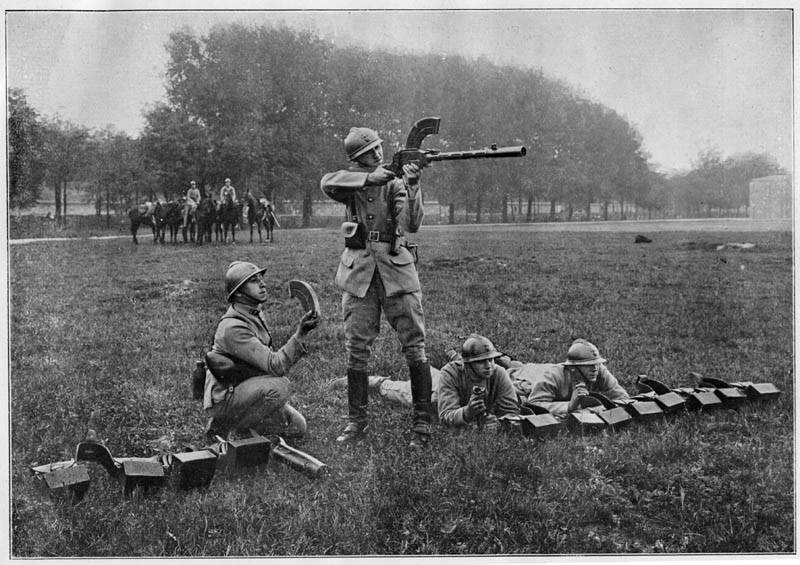
The design of the machine gun Madsen
Automation Madsen machine gun worked on the recoil scheme with a short barrel stroke (barrel stroke less than the shutter stroke). The movable system was installed inside the box with the barrel cover, the bottom and back of the box was closed with a butt pad. The cooling of the barrel was airy. The barrel was provided with transverse ribbing along its entire length; in the receiver it was fastened with a screw joint.
The most original part of the machine gun design was the locking assembly. The lock of the barrel of the Madsen light machine gun was carried out by a bolt of complex shape swinging in a vertical plane, the axis of which was fastened in the receiver - in a certain sense, the swinging bolt Martini was automated in a machine gun. During the course of the moving system inside the fixed box, the bolt protrusion slid along the shaped slot of the box guide. When you roll back under the effect of recoil shot protrusion bolt, falling into an inclined section of the groove, lifted it, unlocking the bore. At the same time, the ejector, located in the lower tide of the barrel of the machine gun, ran into the backboard insert, turned, and then removed the cartridge case from the chamber and threw it out of the box. After that, the shutter, reaching the inclined branch of the groove, with the help of the force of the leaf spring located on the inside of the box cover, was lowered into the lower position. At the same time, he opened the receiver, where the next cartridge dropped from the store. The mobile system returned to the forward position by a return spring, which worked on it through a special lever.
The Madsen rifle was completed with sector-shaped box-shaped magazines that contained 25 cartridges. The magazine was mounted on the top of the machine gun with an offset to the left and was fixed with the help of a latch and plastic spring. The upper location of the magazine, which is convenient for a quick change of the shooter to the position and prevents clinging to the ground and obstacles, will continue to be used in the construction of light machine guns in many countries.
In the Madsen machine gun was implemented trigger mechanism (USM) of the hammer type, with a helical combat spring. The drummer was installed in the through channel of the bolt, the trigger with the combat spring and its guide rod was located in the back plate, the trigger mechanism was on the safety bracket. USM gun-machine gun allowed the conduct of single and automatic fire. The translator of firing modes was located in the rear part of the trigger guard and, when turning forward (fire with single cartridges), limited the turn of the trigger.
Performance characteristics:
The cartridge - 7,62x54 mm.
Machine gun length - 1140 mm.
Barrel length - 591 mm.
Weight - about 9 kg.
Shop - 25 ammo.
Rate of Fire - 450 shots / min.
Aim range - 1700 meters.
The appearance of the machine-gun factory in Kovrov
On 1 in January, 1911 in 137 cavalry, equestrian and Cossack regiments, as well as 4's Cossack divisions remained in service with 874 Madsen machine guns, 156 guns were stored in warehouses, and 29 were in training schools. In addition, there were 143 training and 48 “useless and requiring correction” machine guns. At the same time, in the autumn of 1911, machine guns of the Madsen system began to be removed from cavalry units, and automatic weapons were handed over to the armaments of the fortresses.
By the beginning of the First World War, the situation with the Russian-Japanese war was repeated; the existing machine guns in the Russian army were clearly not enough. In the very first months of the war, the infantry of the warring parties realized that machine guns were its important and indispensable weapons, and they were also its main adversary. 22 August 1915, General Belyaev, who held the post of Chief of General Staff, wrote: “The number of machine guns in the infantry is not enough, and in cavalry - insignificant. Meanwhile, the cavalry very often entrusted tasks that it, in the absence of sufficient rifle equipment, is not able to perform. " In the same year, in order to reduce the general shortage of machine guns, the GAU assembled in the Russian fortresses in the existing army and sent usable Madsen light machine guns to the front through the Petrograd warehouse, some of which were repaired and modified for a pointed bullet before being sent to the front line. Tula and Sestroretsky weapons factories.
The machine gun was familiar to the Russian military and interested them. However, in 1916 it was more difficult to circumvent Danish law than during the Russo-Japanese War. As a result, it was decided to build in Russia the production of Danish machine guns under the Russian cartridge with a design capacity of 600-800 machine guns per month. As a result, in August 1916, the construction of the First Russian Joint-Stock Company of Gun and Machine Gun Plant began in Kovrov, the Danes became the owners, and equipment and machine tools for the plant were sent directly from Copenhagen. Initially, Russian personnel were hired only for secondary posts, for the work of the "lowest ranks." In January 1917, the company received a license for the exclusive right to manufacture the "Madsen" three-line submachine gun with all accessories for the supply of the Russian army and the fleetboth during the war and in peacetime.
It was assumed that by February 1 1917, 3 of the main production buildings would be built in Kovrov, but these plans were unrealistic. Anticipating that the construction process of the main (large) building “A” would be delayed, in 1916, the decision was made to build a temporary (small) wooden building “B”. This building was built in the 2,5 month, and in November, 1916 began to place equipment in it, in total, more than 200 machines, workbenches and assembly sections. Two diesel generators of Swedish production were installed to drive the machines. A part of the equipment needed for the plant was purchased in the USA through the Russian Committee. The construction of building A was completed only in 1918.
28 January 1917 of the Year GAU signed a contract with the First Russian Joint-Stock Company of the Gun and Machine Gun Plants to issue 15 thousands of Madsen P.1916 light machine guns with the start of the supply of weapons in 1918 and the end of February 1919. The price of one machine gun with a set of spare parts and necessary accessories, as well as with capping was 1733 ruble 30 kopecks, and part of the plant equipment cost (in the amount of 220 rubles 80 kopecks) was included in the cost of the entire batch of machine guns 25 999 500 rubles. The company was paid an advance in the amount of 10 399 800 rubles (40% of the total order value), paid in installments. The representative of the State Agrarian University to the new plant under construction was appointed Captain G. A. Aparin, senior technician of the Tula Arms Plant. It was assumed that, having completed an order for 15 of thousands of light machine guns, the Kovrov plant would have to be transferred to the military department free of charge.
The Madsen P.1916 rifle had a number of differences compared with the model of the 1902 model of the year: the machine gun was made chambered for the 1908 model of the year with a pointed bullet; at the muzzle of the barrel increased strength of parts, inside the casing is a guide sleeve; a machine gun sector sight was notched from 200 to 3 200 steps (2 272 meter) with a step 200 steps; the perforation of the casing was changed, and in the butt thickening there was a back support in the form of a pin with a screw regulating coupling.
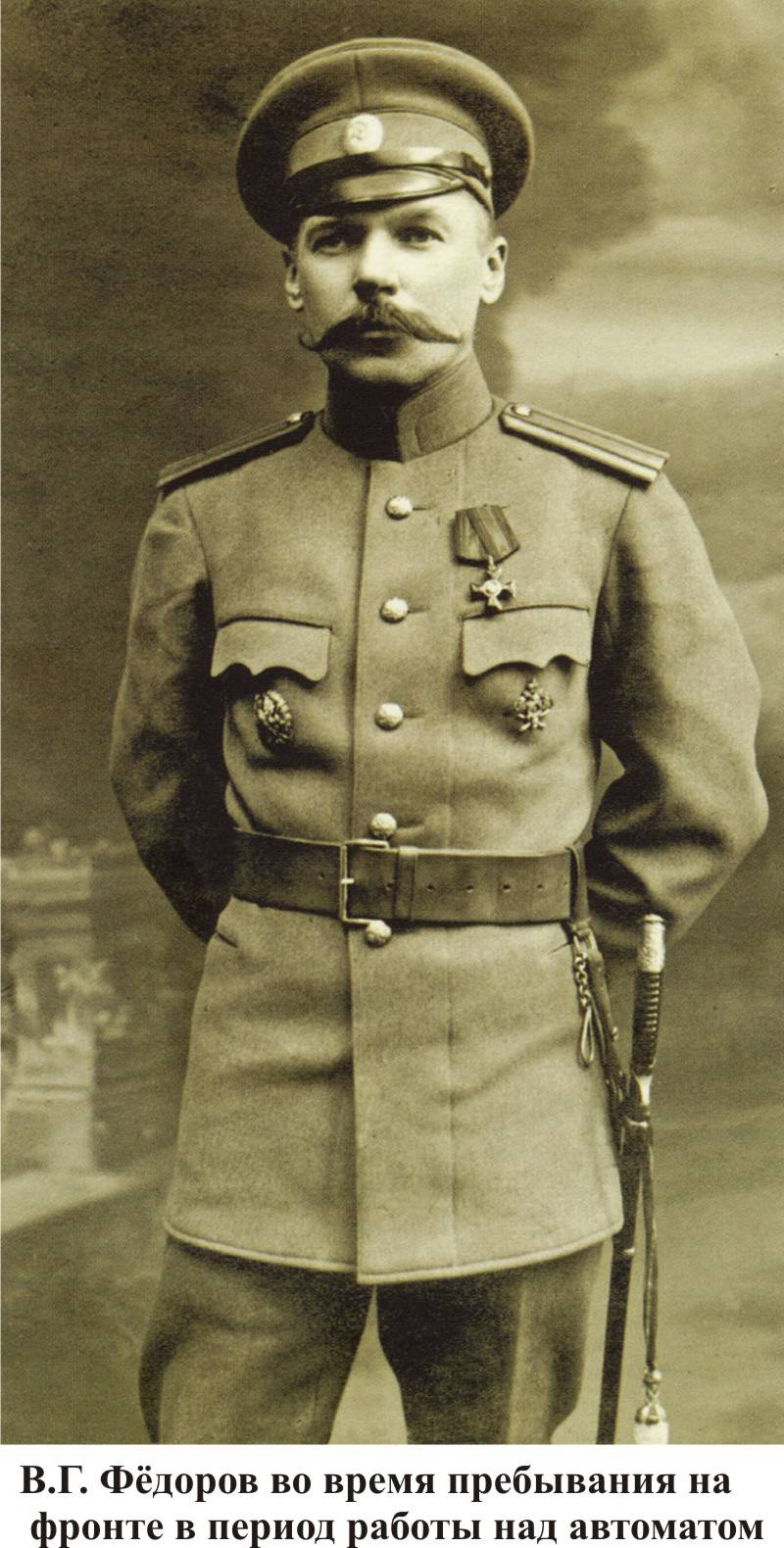
At the same time, the revolution and the civil war that began after it put the plant on the brink of disaster. The plant management actually collapsed, financial and economic activities were launched, all plans for the production of thousands of Madsen machine guns could be forgotten. As a result, the present establishment of the enterprise is connected with the activities of an outstanding Russian scientist and designer, inventor of the first automatic machine in the world, V. G. Fedorov (1874-1966, worked in Kovrov from 1918 to 1931 year) and his closest pupil and assistant, an outstanding designer gunsmith V.A. Degtyarev (1880-1949, worked in Kovrov from 1918 to 1949 a year). Both were sent to Kovrov by the Main Artillery Directorate at the beginning of 1918, at the most critical moment when it was about shutting down production and closing the plant, and the Danish administration of the company was engaged in outright sabotage. Fedorov and Degtyarev managed to save the enterprise and set up production of domestic small arms at the plant. In 1919, the plant was nationalized, and already in 1921, Fedorov organized here the first in the USSR design bureau for the development of automatic small arms.
Information sources:
http://coollib.com/b/260828/read
https://www.all4shooters.com/ru/strelba/osnovnye-novosti/K-100-letiyu-zavoda-imeni-V-A-Degtyareva-ot-Madsena-do-KORDa
http://world.guns.ru/machine/dk/madsen-r.html
http://www.zid.ru/company
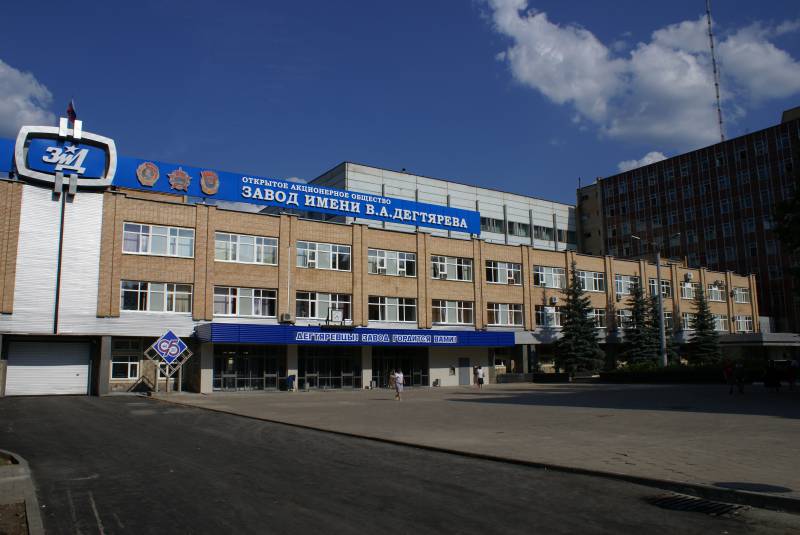
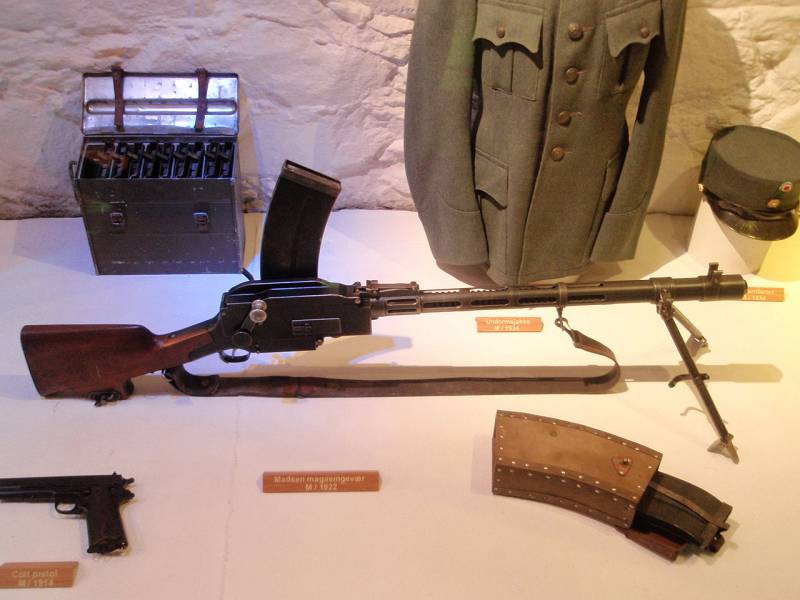
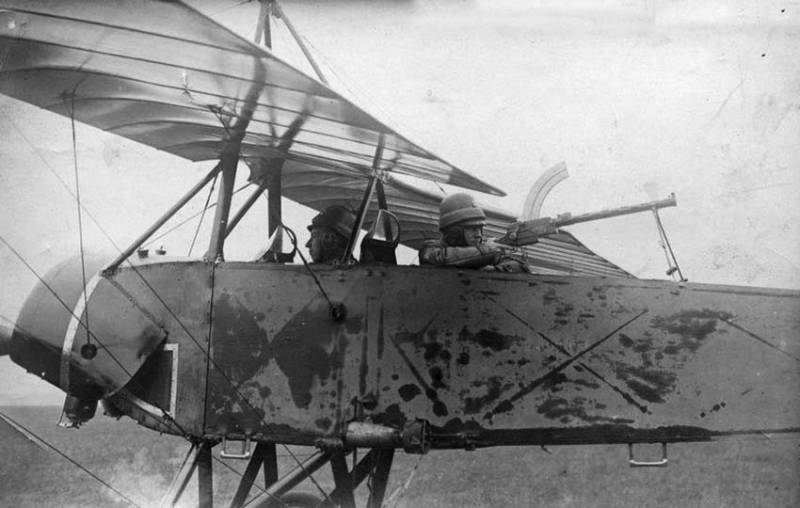
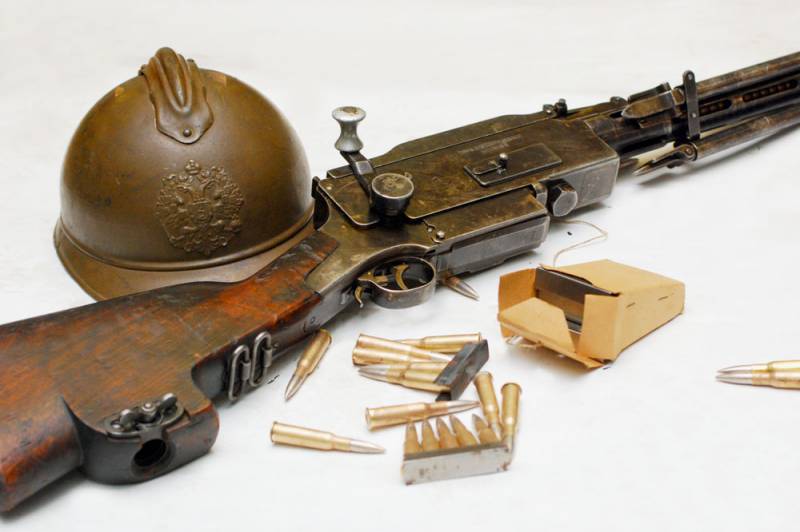
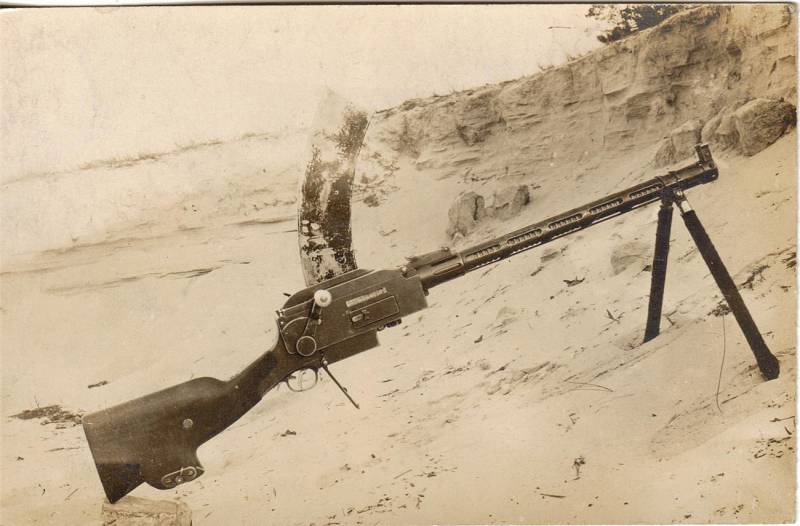
Information